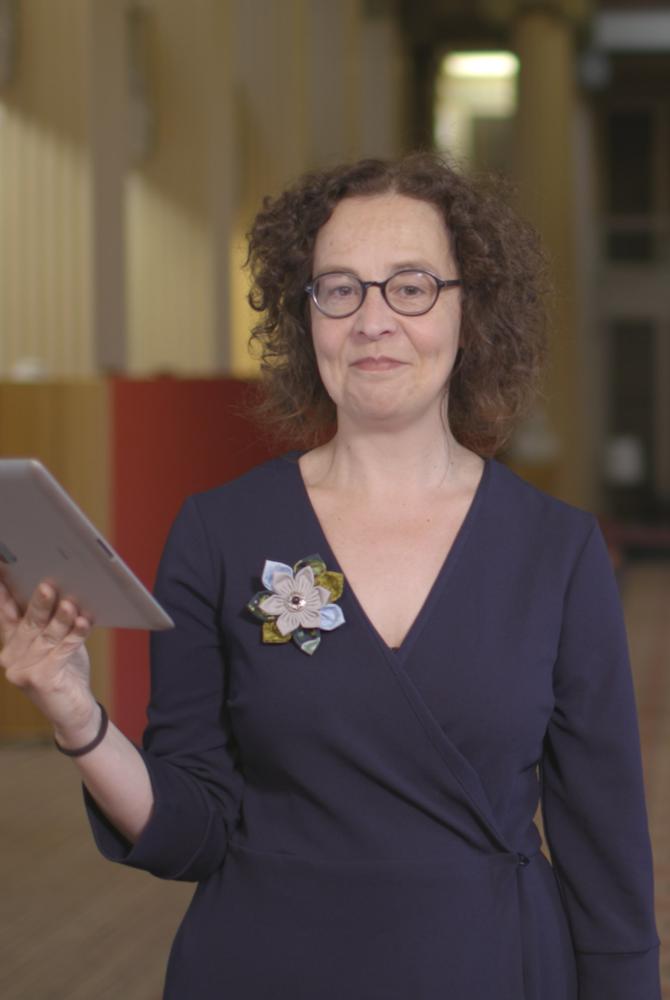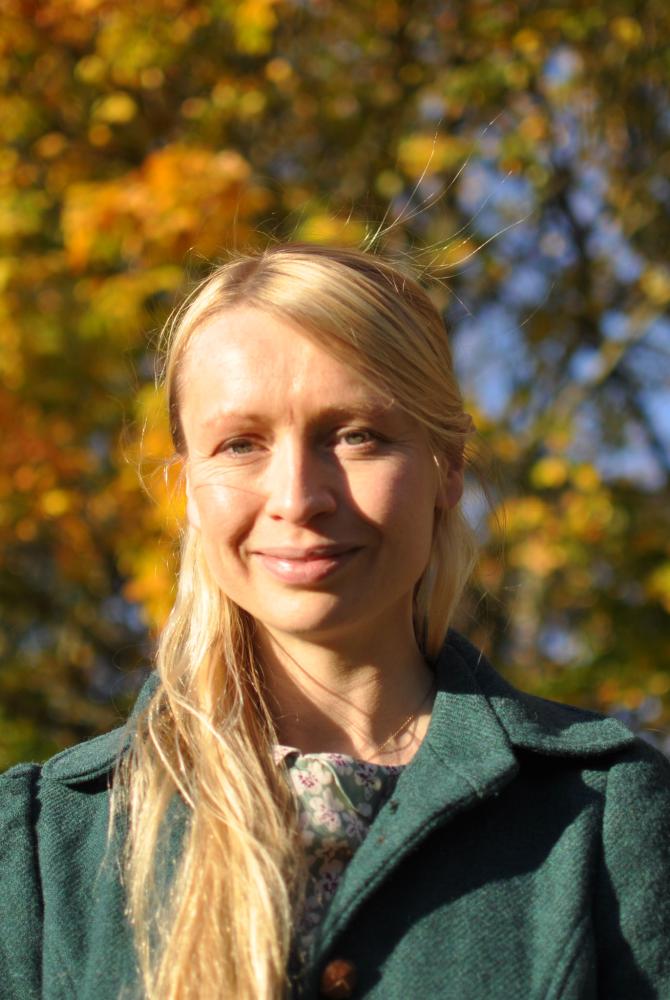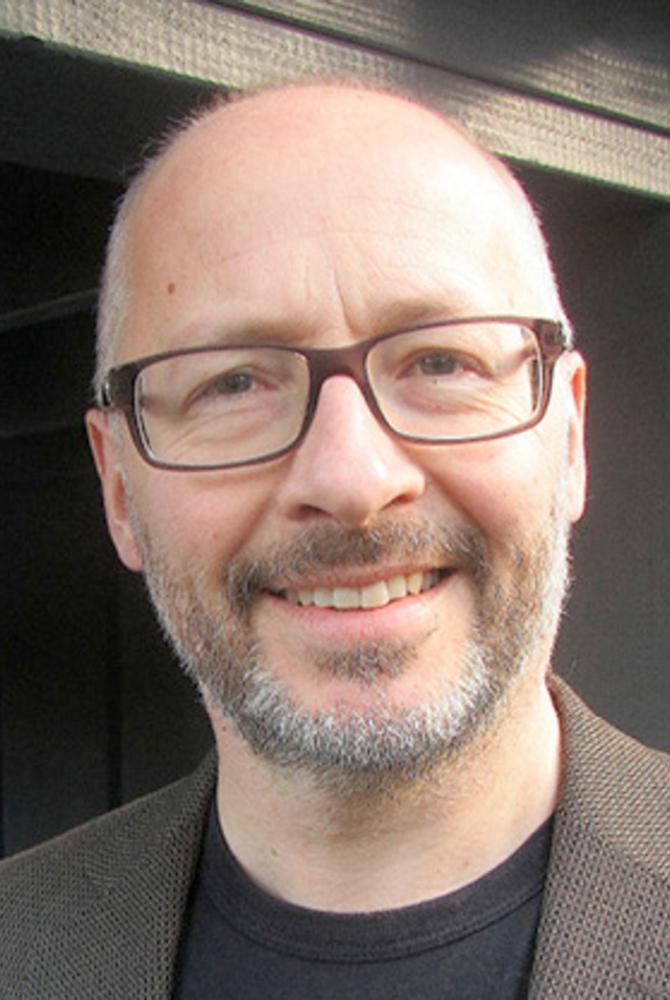Outline
This programme offers you the opportunity to explore the history and theory of art and its display in exhibitions and museums across a wide range of historical and geographical boundaries.
Based in one of the largest art history departments in the UK, it is perfect for providing you with a comprehensive overview of the discipline, as well as giving you access to an exceptionally wide range of art-historical expertise across time and place.
You will examine art in its historical contexts, the theoretical frameworks of interpretation and their relationship as physical objects to practices and concepts of display. You will have the opportunity to put your learning into practice through an optional work placement in one of Edinburgh’s many museums, galleries or archives.
The programme content will allow you to develop an excellent knowledge of the discipline of art history, advanced research abilities and the possibility of gaining valuable vocational experience.
To find out more about this course, visit our Degree Finder: History of Art, Theory and Display.



































